[Review] "Alien: Romulus" Pays Service to Fans of the Franchise Without Daring to Reach New Frontiers
And yes, we're going to have to talk about the android elephant in the room.
As a lifelong fan of the Alien franchise as a whole (yes, even Alien: Resurrection, fight me), the fact that I’ve waited so long to finally see the latest entry is a crime. Luckily, the film finally went to streaming courtesy of Hulu and I settled in immediately that night, old-fashioned in hand, ready for some bloody alien goodness.
Was I disappointed? Yes and no. Let me explain.
Alien: Romulus is chronologically set between the events of Alien (1979) and Aliens (1986), making this entry both a prequel and a sequel of sorts. To an extent, I think this is what perhaps drives the disappointing decisions within much of the movie, but we’ll come back to that.
The film takes us to the dystopian setting of the Jackson Star, a working-class mining colony. We meet Rain, an orphan girl accompanied by her “brother” Andy, a malfunctioning android that her father fixed with the primary task of protecting her. When she finds out her work contract with the infamous Weyland-Yutani company has been extended, she’s determined for them to escape the colony. She joins a group of frankly forgettable characters with plans to reach the Renaissance, a Weyland-Yutani space station, to steal cryostasis equipment to survive a long journey to Yvaga III, a planet untouched by the company’s influence.
Weyland-Yutani as a company is a mainstay of the franchise, consistently putting profits over people throughout nearly every film, and this one is no different. I can’t help but wonder if this real-world correlation with the Disney company that now owns the franchise is by design or if the irony is lost to those involved.
Fede Alvarez historically has presented a mixed bag of results for me, but as a huge fan of the 2013 Evil Dead, I was excited to see what he could do with another beloved franchise. I was particularly encouraged by the behind the scenes footage that showed his return to practical effects over the heavy CGI use we’ve seen in later entries. To its credit, I think this decision made the film feel more cohesive in tone and style with the first 2 films as well.
The effort to fit the film into its place in the franchise was admirable, but also in many ways its downfall. Alvarez attempted to stick to the canon of the franchise as closely as possible, shoving in references and callbacks to all 6 prior Alien films, along with drawing inspiration from the video game Alien: Isolation. The problem inherently created is that within the confines of trying to pay homage to an entire franchise, the film failed to find a way to move the franchise forward. Every scene felt like a rehash of a prior movie with nothing new to expand the lore. Even the ending made me wonder if Disney was banking on no one really remembering Alien: Resurrection enough to question essentially recreating the final battle.
Now let’s revisit my mixed feelings of joy and disappointment with the film as a whole. In terms of practical effects and creature design, I could not have been more giddy. The facehuggers and Xenomorphs looked fantastic, and the iconic chestbuster scene was perfect. The atmosphere and settings were claustrophobic and tense throughout the film.
However, for an Alien movie, I felt like the Xenomorphs oddly took a constant backseat in screen time. With a runtime of 2 hours, it feels like we wait an almost obscene amount of time for anything to really happen in the film. When the aliens finally do make their appearance, the movie holds back and plays it safe. The kills are generally offscreen and mostly forgettable in comparison to nearly every other Alien film, which is almost shocking to me considering how the fantastic effects work and creature design paved the way to really make these scenes shine.
The most questionable decision of the film was undoubtedly the digital resurrection of Ian Holm. Again, in an attempt to solidify its place in the overall franchise, we meet an android named Rook, a physically mangled android aboard Romulus, who was created in the likeness of the android Ash in the original 1979 film. Before we get into my thoughts on that entire creative choice, let’s talk about how they executed this cameo from beyond the grave.
Sir Ian Holm sadly passed in 2020. The production team obtained permission from the family to use his likeness in the film. Legacy Effects created the animatronic head and torso based off a headscan Holm had made already during the production of The Lord of the Rings. A CGI company Metaphysic took over from there to enhance the animatronic with CGI and deepfake AI technology for his line delivery and facial expressions. The character was voiced by actor Daniel Betts, who’s voice was digitally modified with a filtering software using Ash’s dialogue pulled from the original Alien film.
All this is to say a lot of effort was made to create a mediocre, soul-less result, and arguably worse, an unnecessary addition altogether. Although replicating Ash in a world of mass-produced androids makes sense on the surface, this is clearly not the standard within the canon of the universe, considering we’re also presented with Andy as well as David in prior entries. The inclusion of the look-alike wasn’t discussed through the course of the film, nor was it used to drive the plot, so clearly this creative choice was purely an attempt to appeal to franchise fans by making a forced connection to Ripley’s world. Any android character design could have been used with no change to the film.
Instead, we decided to raise Ian Holm from the dead and shove him in front of the audience numerous times throughout the movie to provide filler dialogue to drive the story. To make matters worse, the final result of his character was so inferior compared to the sleek, polished look and feel of the rest of the film. Rook looked and acted like an AI generation in every way and the uncanny valley of it all was a distraction in every scene.
The part that’s surprising to me is the relative lack of discussion around this AI use case in film. Just this year, multiple movies including Late Night with the Devil and A24’s Civil War were absolutely dragged on social media for their use of AI in posters and marketing. While there’s absolutely a reason to criticize the AI use by those films, I’d argue that the choices made in Alien: Romulus are far more concerning for the future of the industry.
A major talking point in the course of the SAG-AFTRA strikes was the concern over unauthorized and/or inappropriate use of AI to recreate an actor’s likeness in film, and this movie is a direct use case of that concern. Granted, credit should be given for the Holm’s estate providing permission for the use of his likeness, but the inclusion of AI at all should raise some questions as the discussion of how it’s regulated within the industry continues.
When asked about the decision to use AI to create Rook, Alvarez had an interesting perspective on the topic. In an interview, he responded to the backlash comparing the use of CGI to recreate Ian Holm’s likeness to the use of prosthetics by actors to portray historical figures. He specifically referenced Gary Oldman’s role as Winston Churchill in Darkest Hour, saying, “I don’t think Churchill wanted that, and I think that’s worse, because that is them pretending to be them… This is not me pretending it’s Ian Holm… It’s just the makeup that makes it look like him.”
This explanation feels highly frustrating and refuses to acknowledge the core issue. Arguably, using makeup on a live actor to resemble a real historical character that is directly related to the story of the film is completely different, at least in my mind, than replicating an actor’s likeness to draft a fictional character that isn’t truly dependent on that specific actor and could have been easily portrayed by a currently working actor in the industry.
While this instance of AI and CGI use was technically allowable by both the actor’s estate as well as the SAG-AFTRA guidelines, it shows an eagerness by Disney (and likely many of the other big-budget studios) to continue to push forward with incorporating AI characters into film. That’s a sentiment that should raise a red flag for industry professionals and audiences alike.
Overall, Alien: Romulus was by no means a failure. The film went back to its roots to revive the franchise for audiences, but almost to a fault. At the risk of being overly optimistic, I hope this is simply the groundwork to bring the franchise back to life and allow the next film to truly bring it into a new era.
Watch Alien: Romulus (2024) now available streaming on Hulu





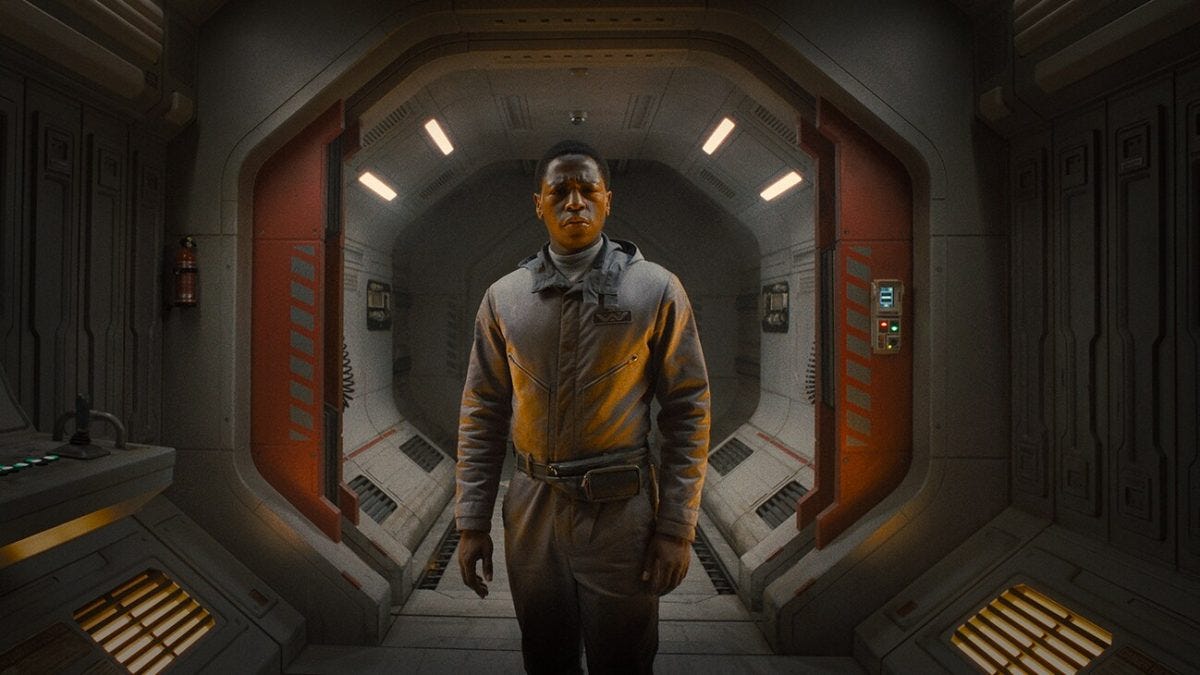
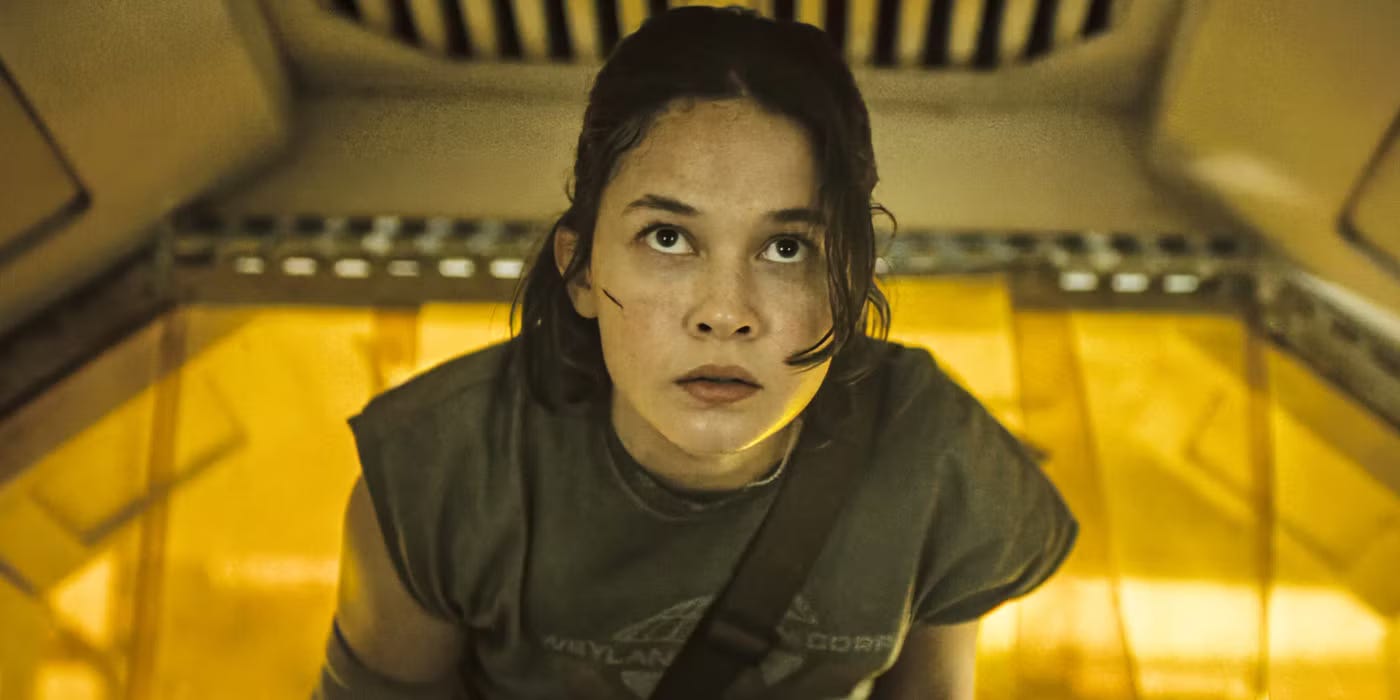
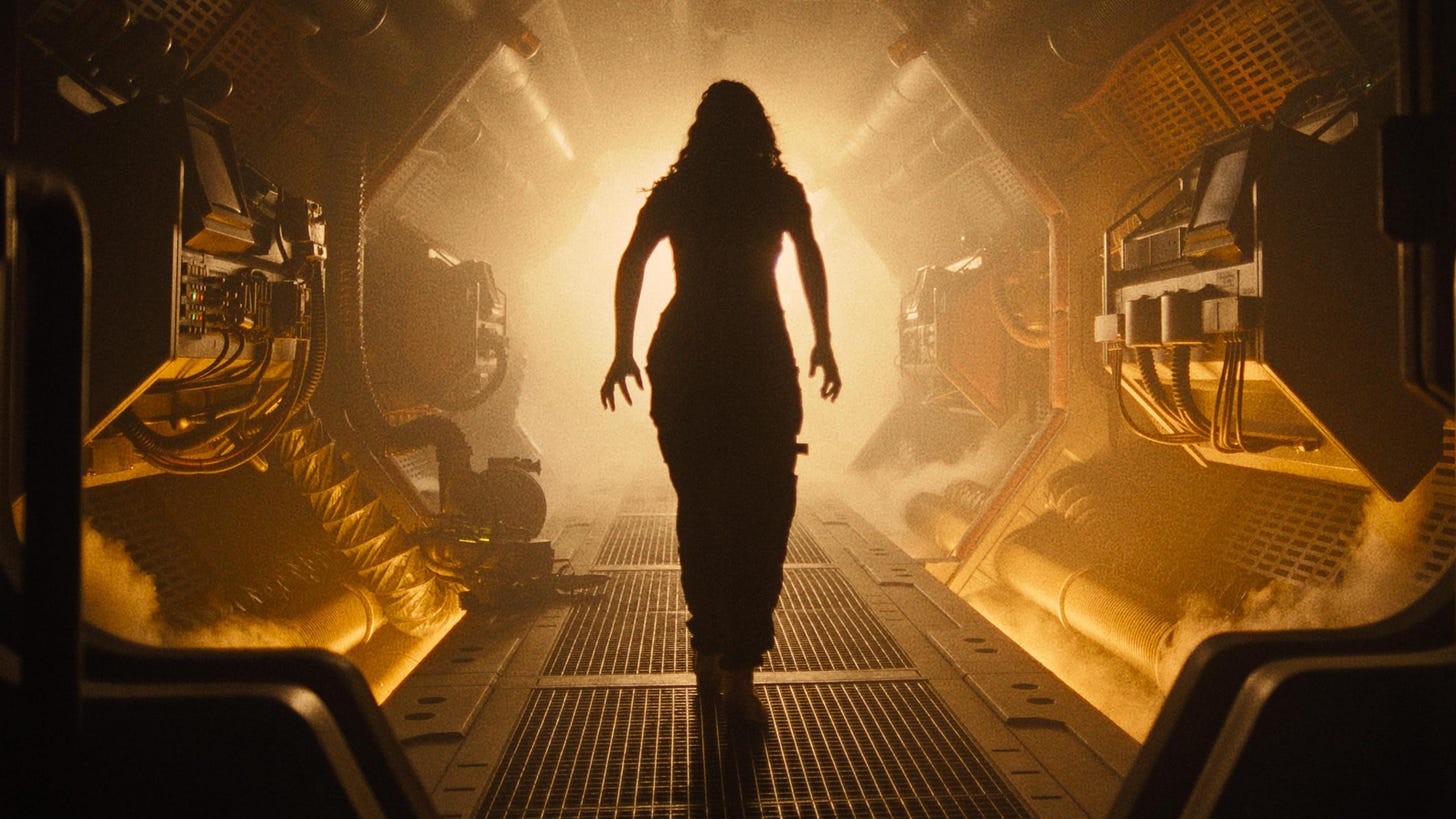
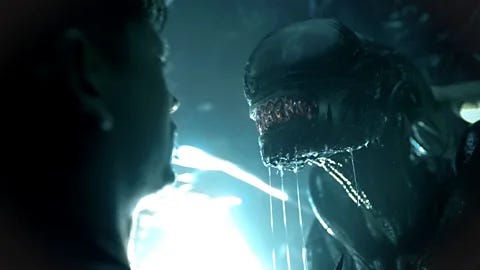
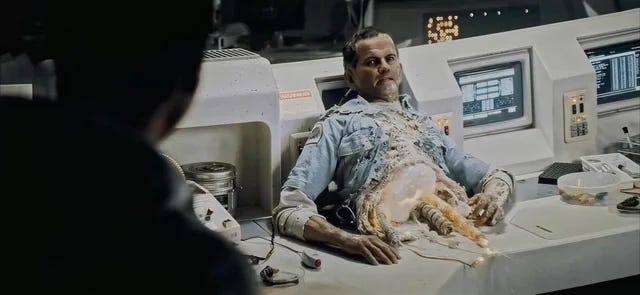
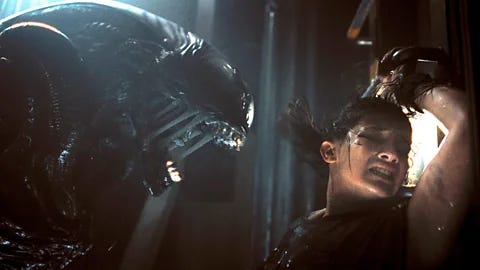
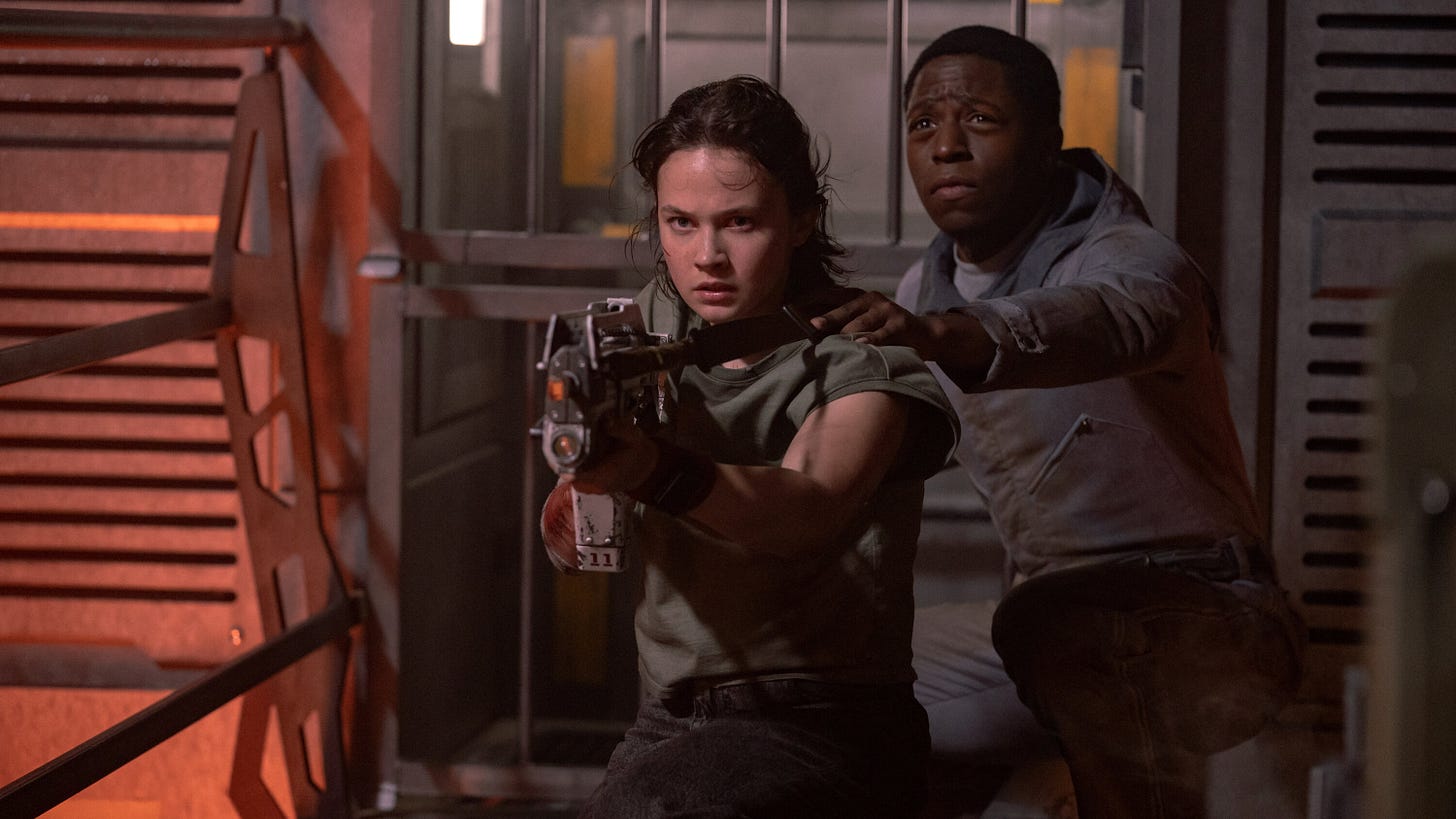


I wanted to love this (Alien is my all time favorite) but I HATED the fan service. If Rook had just been a guy and they’d resisted temptation on the “get away from her” line it would’ve easily been 10 - 15% better.